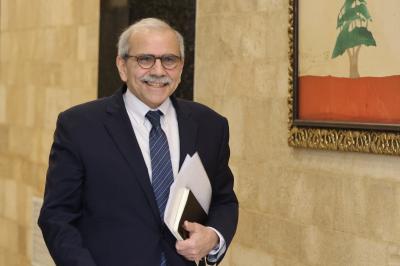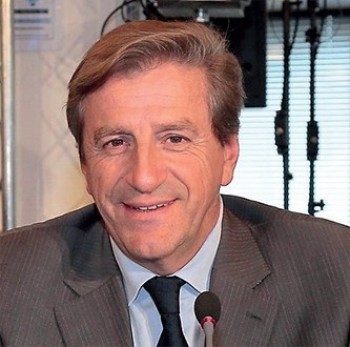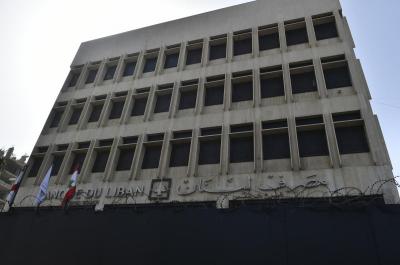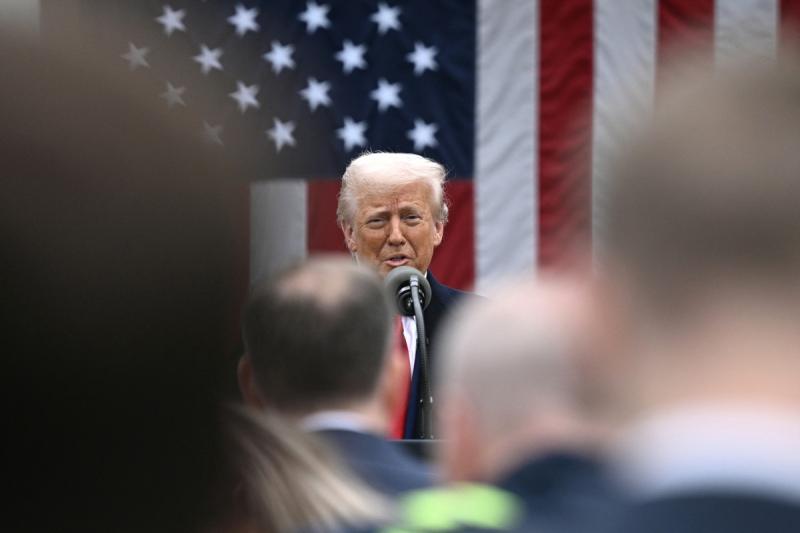Philippe Chalmin, a professor at the University Paris Dauphine and the founding president of CyclOpe, details the new edition of the global commodities report.
What are the unique aspects of this new edition of the Cyclope report?
The thirty-eighth Cyclope report is subtitled with the last line from Alexandre Dumas's "The Count of Monte Cristo": "Wait and hope." This aptly summarizes the state of the world in early 2024. There is a waiting in response to the warlike outbursts from Ukraine to Palestine, a pause amidst fractures that have overshadowed the dreams of a happy globalization. And then, there is the hope that mechanisms will find their limits and transitions will occur harmoniously. The commodity markets, in the broadest sense, are merely the visible part of these tensions, the mercury in the thermometer of the global temperature. Cyclope 2024 narrates stories of bursting bubbles, from lithium to container shipping, and also highlights new tensions for cocoa and copper.
Given the geopolitical context, how should gas and oil prices evolve?
Oil and gas are experiencing contrasting trends. The natural gas bubble has burst. In the United States, production stage prices have gone negative. In Europe and Asia, prices are ten times lower than the peak in autumn 2022 (but twice as high as in the 2010s). Europe is now living without Russian gas. Barring a disaster around the Strait of Hormuz, prices should remain unstrained. For oil, producers (OPEC and Russia) are doing their best to keep the barrel price around 90 dollars. Recent events around Iran have had little impact on the market. However, with weak demand, barring a major geopolitical event, the price of Brent crude should stay in the lower part of a range from 70 to 90 dollars.
What are the trends for maritime freight in the Red Sea or Black Sea, affected by the conflict in Gaza or Ukraine?
The situation in the Black Sea is almost "normal." In the completed campaign, Ukraine has already exported 40 million tons of grain, and the "corridor" negotiated by the United Nations is no longer necessary. As for the Red Sea, the main impact is on container freight rates and logistics disruptions in the Mediterranean. On the edge, drought problems on the Panama Canal have a more significant concrete impact.
The European agricultural world is worried. What price variations are expected for major grains?
Here too, one can almost speak of bursting bubbles. Compared to the peak in spring 2022, the price of wheat has more than halved, similar to corn: excellent harvests everywhere, normalization in the Black Sea, and reduced Chinese demand explain this decline which brings us back to pre-Covid times. And the current outlook is not very encouraging.
Halfway between commodities and agriculture! The EU signs a free trade agreement with Chile... is it an agreement on Chilean copper or agricultural transactions for Europe?
Traditionally, agriculture is the adjustable variable in free-trade agreements... It was the issue of meat (imports) that caused the failure of negotiations for the agreement with Australia. In the case of Mercosur, the observation is even more blatant. But anyway, an agreement would not bring anything more in terms of supply security for lithium or copper.
Are the poultry and beef markets at risk due to Ukrainian sectors or the potential signing of the Mercosur treaty?
The meat markets are among the most sensitive in Europe. Now entirely free, Ukrainian exports contribute to destabilizing the poultry sector. The balance in the pork sector is threatened by the decline in Chinese imports...
Why are cocoa prices soaring? What are your predictions for the coming months?
Cocoa prices have been depressed for too long. As a result, in West Africa (75% of the global production), plantations have been poorly maintained and little renewed. Additionally, a drought unseen since 2003 has struck West Africa. Everywhere, production is down: -11% globally. Yet, despite the price surge that has tripled in a few months, grinding has barely decreased. Logically, prices should turn around, perhaps even violently. After reaching 12,000 dollars a ton, we are in full "irrational exuberance." We must wait and hope!!
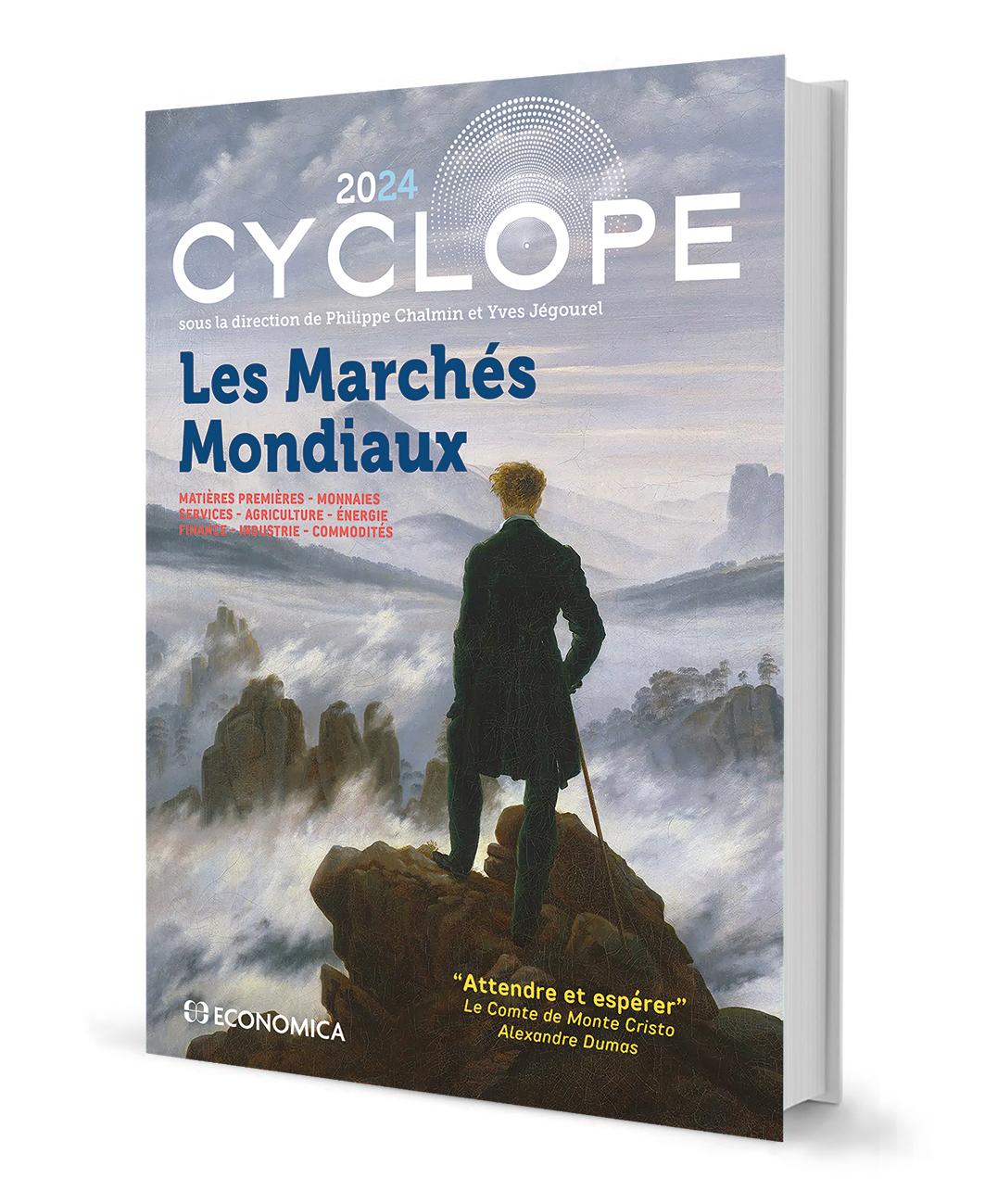
Cyclope, the Visionary
The thirty-eighth Cyclope report has just been published. As every year, this "bible of commodities" covers the entirety of commodity market news and commodities. This year's subtitle is borrowed from a great French author: "Wait and Hope" (Alexandre Dumas - The Count of Monte Cristo). Thus, Cyclope provides a complete analysis of the geopolitical, economic, and climatic tensions that markets reveal. Historically, the experts who write it have often accurately decoded market evolutions.
 French
French


